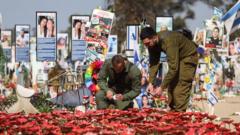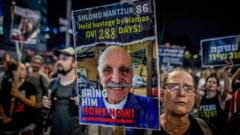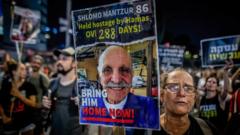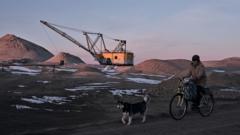**The humanitarian crisis in Gaza is far from over as returnees grapple with the loss, a lack of infrastructure, and ongoing resource shortages.**
**Gaza's Uncertain Path to Recovery: A Community Faces Rebuilding Challenges**
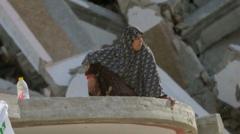
**Gaza's Uncertain Path to Recovery: A Community Faces Rebuilding Challenges**
**As displaced Gazans return to their homes, the vast difficulties of rebuilding from ruin loom large.**
As displaced residents of Gaza tentatively return to their homes nearly a year and a half after conflict began, the enormity of the rebuilding process is becoming evident. Despite the short geographical distance, their journeys are marked not only by physical challenges but also emotional and communal uncertainties.
"For the past 15 months, we have been uprooted, and today marks just the beginning of what lies ahead," local journalist Samir Nasr remarked, echoing the sentiments of countless others making the long trek home. Compounded by the pervasive destruction, the situation on the ground is dire. "We're literally starting from scratch; the infrastructure we once had is decimated," Nasr added.
Relief efforts are in motion, but much still needs to be accomplished before basic human needs can be consistently met. Aid has recently surged, according to the UN Relief and Works Agency (UNRWA), which reported an influx of essential supplies, including food and hygiene products. However, as Samira Jaber, an UNRWA official, clarified, "The humanitarian needs are beyond comprehension, and while we are making efforts, this is just the surface level of what must be addressed."
Hopes of returning to a semblance of normalcy are challenged by extensive damage—the UN estimates that about 70% of structures in Gaza have been impacted, with the north being particularly heavily affected. Towns like Jabaliya, populated by around 200,000 before the conflict, have experienced cataclysmic destruction, leaving many residents in fear of long-term displacement.
Additionally, the government in Gaza has urgently requested the provision of 135,000 shelter units, such as tents and caravans. While some of these resources may soon arrive, logistical challenges persist. "Global shortages of manufacturing for humanitarian tents complicate things," remarked Malek Saad, a UN logistics coordinator.
The situation is further strained by the return of displaced persons competing for already impermeable housing. As reported by Aida Hassan, a lifelong resident of the Gaza Strip, "We are seeing a new wave of crowding and displacement as families return from shelters." She noted that multiple families sharing living spaces is leading to escalating tensions and resource disputes.
Resilience, however, is evident among the returnees. Amidst struggles with rising prices in local markets, a sense of hope emerges. "Finally, after months of suffering, we are back in Beit Hanoun, and we no longer feel like we’re merely surviving in the south," exclaimed a joyous returnee.
International discussions on potential resettlement options for displaced Palestinians have also raised eyebrows. Suggestions made by political figures like Donald Trump for relocation to neighboring regions have faced immediate backlash. Local officials in Egypt and Jordan decried proposals, emphasizing their own social stability challenges and long histories with Palestinian refugees.
As the rebuilding of Gaza continues, the threat of further emigration looms larger than ever. Many, like journalist Nasr, believe that sustained hardships could push residents away from their homeland and into neighboring nations. "Our vision for Gaza’s future must include hope and rehabilitation," he concluded, echoing the sentiments of a community yearning for normalcy amidst devastation.




